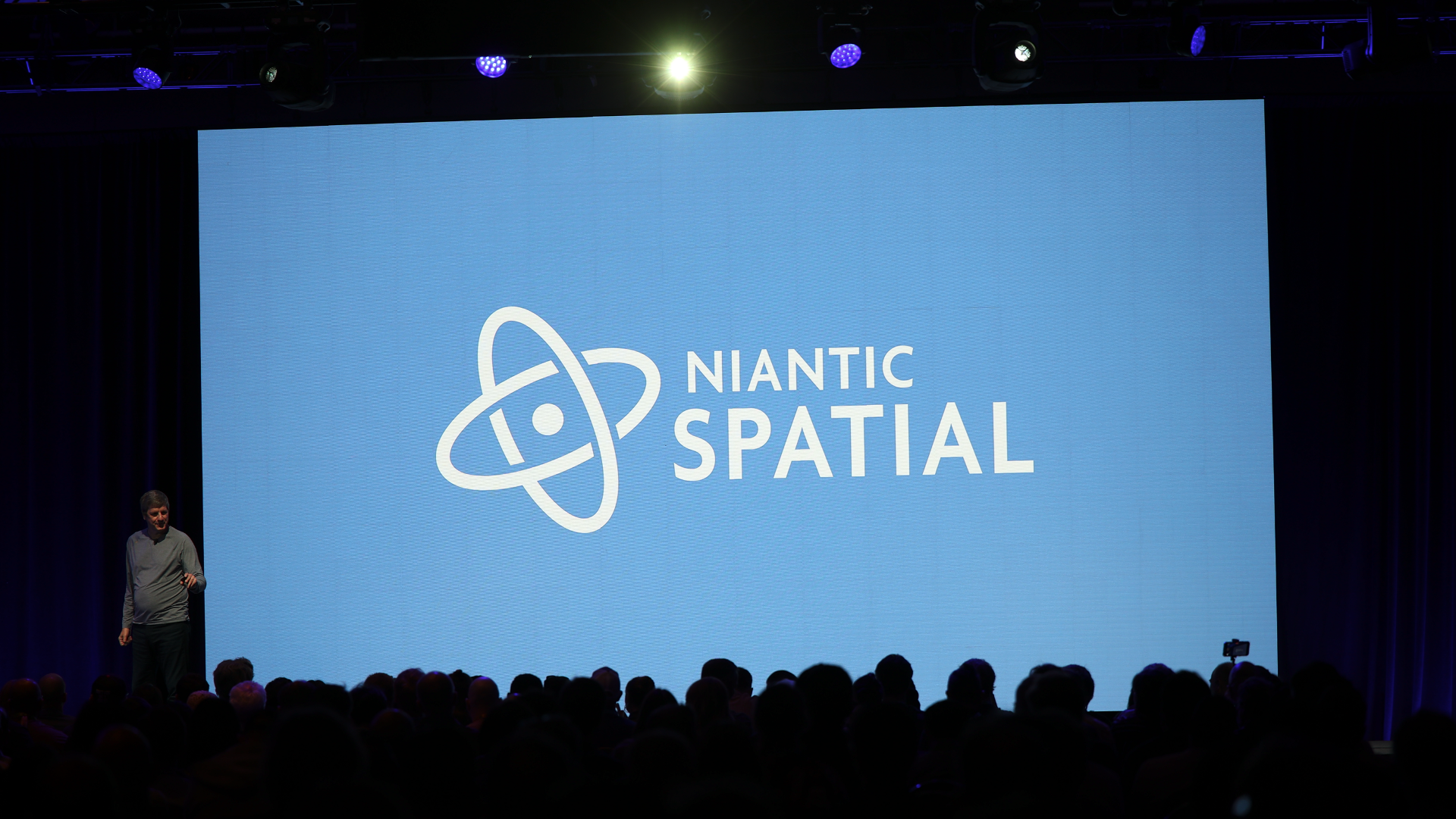The XR market has seen a whirlwind of developments in 2024, and it all seems to orbit around Apple’s Vision Pro. Released just 7 months ago, this device has already reshaped the XR (AR, VR, MR and spatial computing) landscape in ways both thrilling and controversial.
1. Raising the Bar for XR User Experience
Apple’s Vision Pro has forced the XR industry to step up its game. By raising both user and market expectations, it pushed competitors to refine their mixed-reality (MR) capabilities. Vision Pro set new benchmarks for immersive media consumption, causing tech giants (e.g. Meta) to rethink their XR strategies and race back into the market (e.g. Samsung).
2. XR Is Ready for Everyone Beyond Gamers
The device also shattered assumptions about XR interaction. Through gaze and hand gestures, Apple showed that controller-free experiences can be not only functional but highly appealing—especially to non-gamers. This has broadened the XR audience potential, making it more accessible to a larger demographic.
3. Price Sensitivity Crystallizes Valued vs. Indulgent Features
It tested the market’s tolerance for premium XR headset pricing and confirmed what was expected: the price point is too high. Features like the external “Eyesight” display, while serving the aim to make the headset less isolating from the surroundings, are indulgent and could be eliminated in future iterations without impacting the core experience. (Notably, Apple’s AR glasses project was put on hold due to technical dead-ends, and it was Tim Cook’s preference for augmented reality—rather than VR—that led to the “EyeSight” display being included as a justification for the Vision Pro’s release.)
4. Developer Shift to Spatial Computing
Apple’s impact extends beyond consumers—it has drawn the attention of developers worldwide. Millions of iOS developers are now exploring spatial applications development, with a surge in interest fueled by statements like a16z's prediction that XR is the "most underrated market." This shift is further amplified by accelerators plus funding such as a16z's Speedrun, which now places a heavy focus on AI and XR and offers $750K for selected startups, and Meta's Lifestyle App Accelerator. The parallels to the growth trajectory of iPhone apps in the past decade has been highlighted by a16z’s partner, as XR apps and games show significant revenue growth on the Meta Quest store with little to no funding. Gorilla Tag reported reaching $100M in revenue and 10 million players.
5. Smartglasses Are Seeing Eye-popping Growth
Apple’s decision to pause the development of fully featured AR glasses due to technical challenges, and instead released what is essentially a VR headset with strong (video passthrough) AR capabilities, has led the market to accept that full featured AR glasses will take time to mature. This shift opens the door for simpler, no-display or modest-display (e.g., Snap Spectacles '24), and more affordable smartglasses to gain a significant foothold in 2024.
Devices from brands like Meta’s Ray-Bans have supercharged AR headset sales from half a million smartglasses in 2023 to 1.5 million units in 2024!
6. Enterprise Adoption: XR as a Business Powerhouse
Perhaps the most significant shift is XR’s dominance in the enterprise sector, which now accounts for 71% of global XR market revenues and is uncharacteristically Apple’s initial target market with the Vision Pro. Businesses have finally embraced XR as a practical tool for training, remote collaboration, productivity, and safety. It has also become a fertile ground for startups and big tech alike in attracting significant investment and wide deployment. This trend suggests XR’s biggest growth potential in the short term lies not in gaming or entertainment but in transforming how businesses operate.
7. AI❤️XR: The Power Couple of 2024
While AI stole the spotlight from XR in the last 2 years, 2024 has shown that the two technologies are not rivals but complements. AI makes XR experiences faster, cheaper, and better. In return, XR serves as a crucial interface that keeps humans at the center of AI development, offering a safer way to integrate AI into our daily lives. This symbiotic relationship is becoming one of the most exciting tech trends of the year which is also manifested in the Vision Pro. It’s no longer just about AI’s potential; XR makes that potential useful and safer.
So, Is XR Dying or Thriving?
The answer depends on who you ask. For consumers, the steep price of cutting-edge devices like the Vision Pro may seem like a barrier to entry. But for developers, businesses, and investors, XR is far from dead—it’s in the midst of a renaissance. The question isn’t whether XR will survive but rather what form it will take as we move deeper into 2024 and beyond.
To learn more about the State of XR in 2024 and how we got here, check out my AWE USA 2024 keynote.
And for the most up-to-date review of the XR market - join me at AWE EU in Vienna, Oct 29-30, 2024



